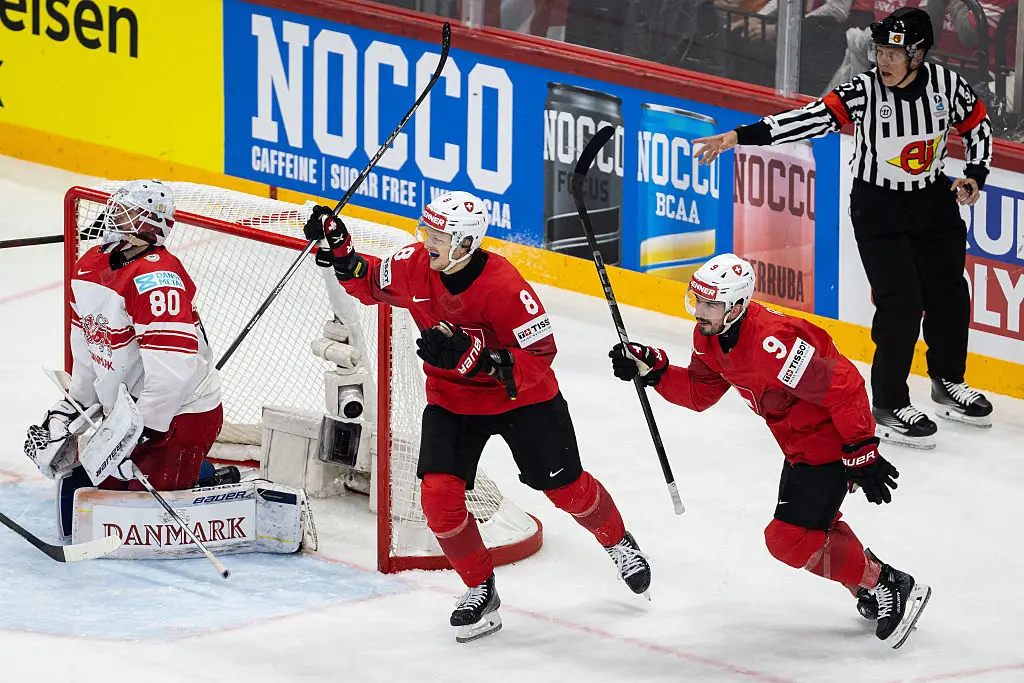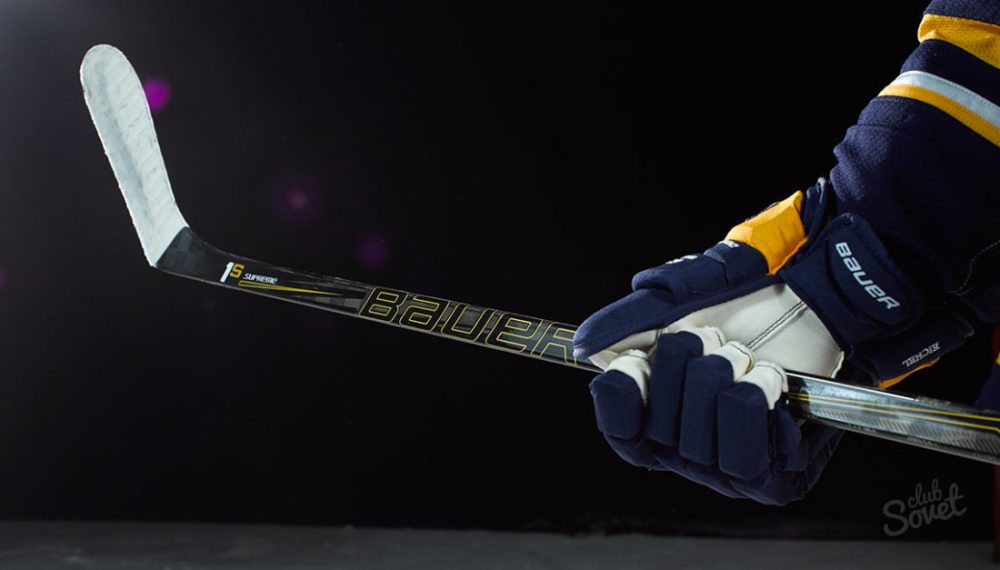The sound of sharpened skates on the ice, the sharp whistle of the puck, the adrenaline of the battle for every meter of the rink — these sensations attract not only young athletes. The question “how to become a hockey player as an adult?” arises for those who seek not just a hobby, but a powerful source of energy and self-realization. It’s a desire to regain control over one’s own body, to feel the thrill of competition and that sharpness of the moment that makes you forget about everything else in the world. Unlike scheduled children’s sports, an adult’s arrival on the ice is always a conscious choice and a readiness to challenge stereotypes. In this article, we will discuss how to turn this decision into reality.
Starting from scratch: technical base
Choosing equipment is not just buying a uniform, but the foundation of confidence on the ice. Without properly selected gear, it is impossible to learn or progress. Comfort, safety, and mobility are top priorities here. Each piece of equipment must correspond to the player’s tasks, level of preparation, and anatomical features. A mistake at this stage can not only hinder development but also lead to injury. It’s definitely not worth saving money at the start.

Equipment selection
The first step is equipment. A set that protects and does not hinder movement:
- Skates — not rental, but individually fitted. Proper size, boot stiffness, and blade profile;
- Stick — height, grip, curve of the blade. To start with, a composite stick with a flexibility of 75–85;
- Helmet, mask, visor — head protection is mandatory. A visor improves visibility, a mask provides more complete face protection;
- Chest protector, elbow pads, neck guard, breezers, shin guards — equipment like a professional. Compromises on safety are inappropriate.
The cost of a full set of equipment starts from 470 euros in the basic segment. An average set for a beginner in amateur hockey is around 840 euros.
How to become a hockey player as an adult: mastering basic skills
The rink is not a stage for improvisation. Starting hockey from scratch as an adult requires discipline:
- skating on two feet, starting, stopping, turning;
- stick handling: puck control, passing, shooting;
- stability in collisions.
Training often begins in adult groups. Individual sessions allow for quicker correction of technical errors.
Where to start playing hockey as an adult
Rinks where adult hockey is practiced are located throughout the country. In major cities, there are dozens of rinks with open and closed ice.
The most popular ones are:
- CSKA Arena (Moscow).
- Yubileyny Ice Palace (St. Petersburg).
- Hockey Academy (Kazan).
Of course, similar facilities offering opportunities for adult hockey practice exist in many other countries around the world, including European states and other hockey powers.
Regular training 2–3 times a week in beginner groups helps build muscle memory and coordination. The duration of one session is 60–90 minutes.
First ice time and first mistake
Transition to amateur hockey for beginners is often complicated by expectations. The illusion of speed is the main enemy. The mistake is trying to accelerate before mastering the technique.
Example: A novice with a two-month experience joined a team that had been playing together for 2 years. The result — a sprained ankle, loss of confidence, a six-month break.
Recommendation: Record progress on video, analyze, and correct with a coach.
Finding a team in amateur hockey
Searching for a team is a step towards real gameplay, where training turns into experience, and individual skills become part of the team strategy. To integrate into the team, it is important not only to find the right level but also to show responsibility, willingness to learn, and play for results. Real development begins where every match is a small challenge to oneself from yesterday.
Search and integration
Becoming a hockey player as an adult means going beyond training and engaging in the game. Developing game thinking, feeling tactics, synchronizing with teammates.
A hockey team is formed by levels:
- novices (up to a year of practice);
- experienced players (1–3 years);
- semiprofessionals (over 3 years).
Where to look:
- VKontakte groups like “Amateur Hockey League [city]”;
- Telegram chats of teams;
- platforms like Icebooking and Hockey Community.
Invitations are constantly appearing. It is important to honestly assess the level of preparation, play a trial match, and show discipline.
Choosing a position: forward, defenseman, or goalie
Goalie — a position for the bold. High demands on reaction, visual attention, and flexibility. The equipment is more expensive — starting from 100,000 rubles, but the contribution to the team is critically important.
Forward and defenseman — a more accessible start. Beginners often choose the left or right wing, where it is easier to adapt.
The choice is based on:
- physique;
- endurance;
- psychological resilience.
A hockey team evaluates a player not only based on technique but also on the ability to interact, make decisions under pressure.
How to become a hockey player as an adult: injuries, schedule, progress
Stepping onto the ice is not just about thrill and excitement but also a comprehensive load on the body and mind. To develop without losses, it is important to take care of health, distribute energy wisely, and adhere to a systematic approach to training. A well-thought-out training structure helps avoid typical mistakes of beginners and prevent burnout at the start. Hockey requires endurance, but with the right approach, it gives back — with confidence, team spirit, and sports results.
Risks and how to avoid them
Injuries are part of the game. However, proper warm-up, correct equipment, and technique control minimize risks.
Commonly reported injuries include:
- ankle sprains;
- shoulder bruises;
- concussions from falls.
Intense training without control often leads to muscle overload in the back and neck.
Schedule and progress
Ideal pace: 2 group sessions + 1 individual session + 1 free skating session per week. After 6 months — visible progress: confidence on skates, tactical understanding, first goal scored.
Quick start: what helps to master hockey from scratch
Starting in hockey does not require a sports background — only desire and the right tools. A modern approach to learning helps adults integrate into the game faster and avoid typical beginner mistakes. The key is not just to train but to systematically build progress, using available resources. Even off the ice, one can confidently move forward, developing skills and strengthening the body.
Tools that help adults master hockey from scratch:
- Video observation of training — visual analysis of mistakes accelerates progress.
- 3-on-3 games — developing speed of decision-making and teamwork.
- Dryland training at home — practicing shots, reaction, balance.
- Physical training sessions with a coach — general physical preparation reduces the risk of injuries.
- Feedback from senior players — adaptation in the team and support.
Each of these tools accelerates adaptation and enhances the effectiveness of training. By combining them, a beginner transitions faster from theory to gameplay and feels part of the team.
Role of age: limitations and advantages
Age does not hinder but disciplines. An adult beginner is less likely to skip training, concentrates better, strives to minimize injuries.
Starting hockey from scratch as an adult requires proper physical preparation. Endurance level, core muscle work, shoulder flexibility — are critically important. It is recommended to include physical training with an emphasis on balance and coordination. Equipment with an unstable platform, single-leg exercises, weighted squats.

Studies show: beginners over 30 years old master skating at the level of teenagers in 8–10 weeks with regular training.
How to become a hockey player as an adult: conclusions
Deciding to engage in hockey in adulthood means choosing movement over observation, excitement over routine. Here, it’s not about youthful merits but today’s decision to step onto the ice. Every training session, pass, and goal is a step towards a new self. It’s not about age, but about the desire to regain excitement and live in the game, not just beside it.
 en
en  ru
ru  de
de  ar
ar  es
es  hi
hi  fr
fr  nl
nl  it
it  pt
pt  el
el 



